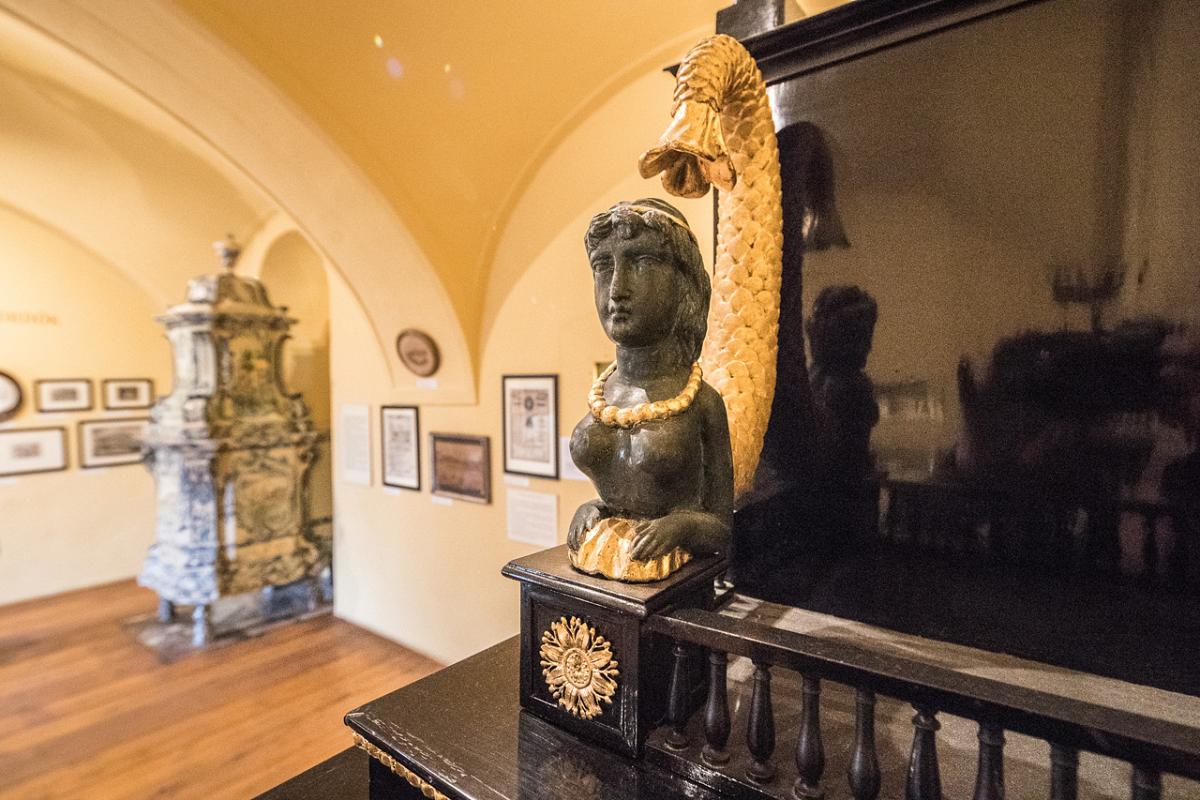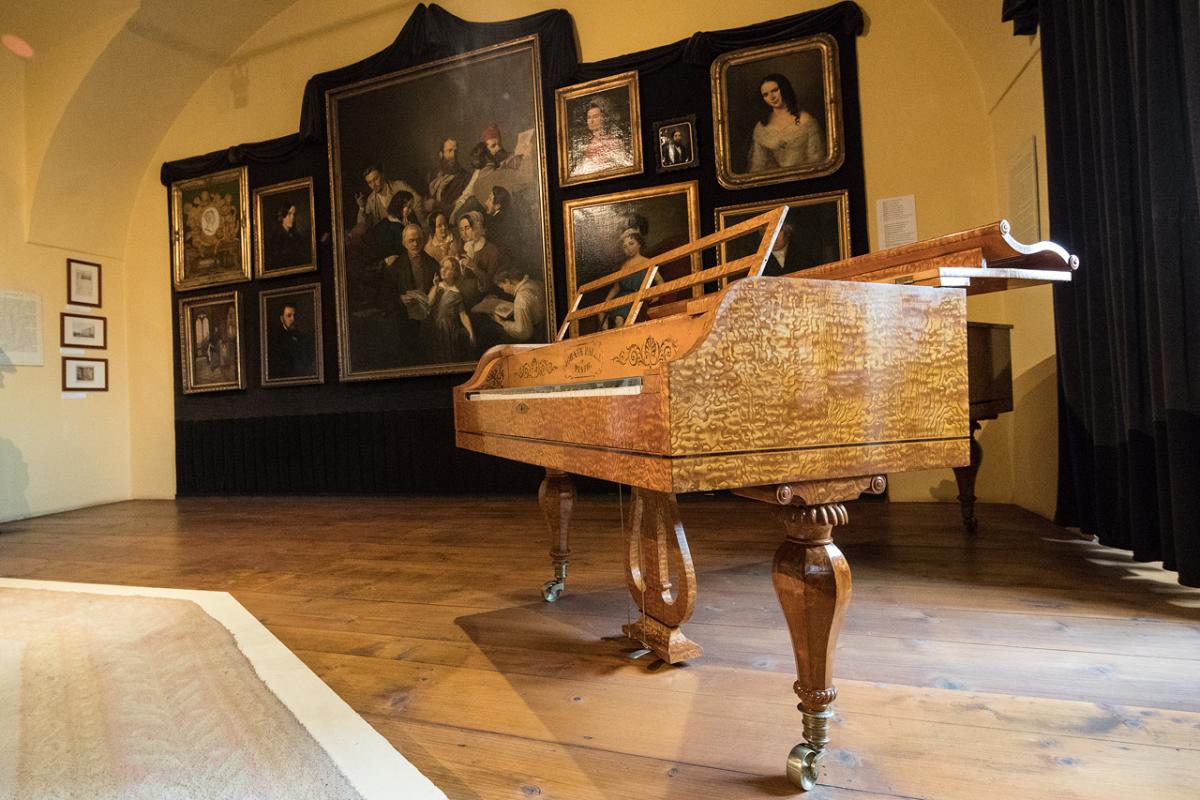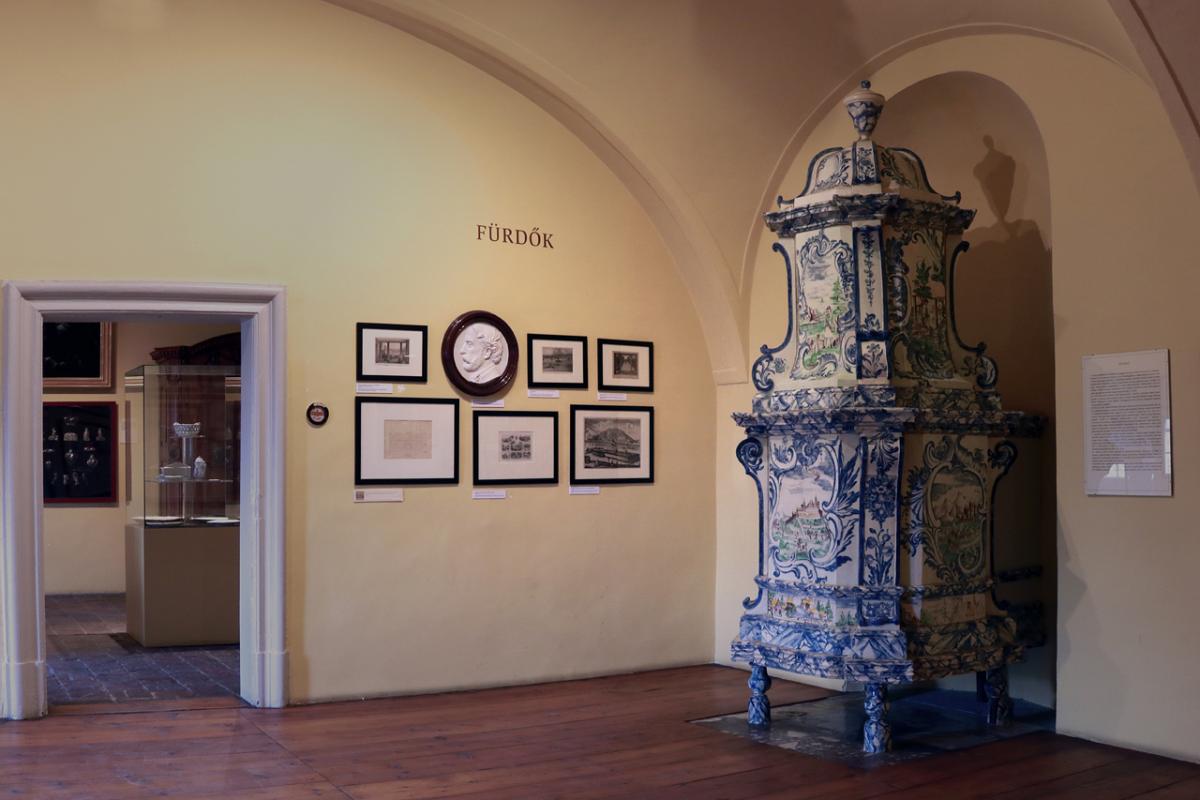- Visitor information
- About us
- Exhibitions
- Temporary Exhibitions
- Permanent Exhibitions
- Past Exhibitions
- 2024/2025 - Life with Honey
- 2024/2025 - WANDERINGS - Lili Ország in Kiscell
- 2024 - Light & City
- 2022 - Gábor Gerhes: THE ATLAS
- 2019/2020 - Shine! - Fashion and Glamour
- 2019 - 1971 – Parallel Nonsynchronism
- 2018 – Your Turn!
- 2018 – Still Life
- 2017 – LAMP!
- 2017 – Tamás Zankó
- 2017 – Separate Ways
- 2017 – Giovanni Hajnal
- 2017 – Image Schema
- 2017 – Miklós Szüts
- 2016 – "Notes: Wartime"
- 2016 – #moszkvater
- 2015 – Corpse in the Basket-Trunk
- 2015 – PAPERwork
- 2015 – Doll Exhibition
- 2014 – Budapest Opera House
- 2013 – Wrap Art
- 2012 – Street Fashion Museum
- 2012 – Riding the Waves
- 2012 – Buda–Pest Horizon
- 2011 – The Modern Flat, 1960
- 2010 – FreeCikli
- 2008 – Drawing Lecture on the Roof
- 2008 – Fashion and Tradition
- 2004 – Mariazell and Hungary
- Virtual museum
- What's happening?
Mosaics from the Past of Budapest Part 1 – Antiquity of the Capital 1780–1873
Category:
The permanent exhibition of Kiscell Museum, opened to the public in the autumn of 2003, has introduced a novelty approach in Hungary. The exhibition reflects upon the museum's own history, thereby invoking the one-time exhibition of the Municipal Museum, as it was set up at the turn of the 19th and 20th centuries. The exhibits — guild chests, paintings, clocks, prints, silver cutlery, jugs, medals, statues and architectural plans, etc. — span 100 years of history, starting from the 1780s, the reign of Emperor Joseph II, when Buda evolved into a real capital city, right up to 1873, the year of the unification of Pest, Buda and Óbuda.
The exhibition was based upon the recognition that even today, references to the pre-1873 period are made with the help of the various objects that our predecessors, the founders of the Municipal Museum, started collecting. These objects serve as the input to our conceptualisations of "old Pest-Buda", the capital that was evolving into a large city — but was not yet a metropolis. At the turn of the century — the opening of the Municipal Museum —, "old" referred to the Age of Reforms, the town of burghers, the period prior to the city’s metropolitan expansion.
From the turn of the century onwards, the residents of the city thought back with nostalgia to the tranquility, order and urban communal spirit that was attributed to the biedermeier age and began to collect its relics that were just on the verge of disappearing into oblivion. This is one of the connotations of the word "antiquity" that is evoked — but not reconstructed — by the current exhibition design; a design that was applied at the time of the opening of the Museum in 1907, and which also serves as a memento of the storytelling museum's rich past. This manner of exhibition is closely related to the style in which fashionable homes and collections of antiquities were presented front the 1870s onwards. The collection of old curiosities is not an exhibition on development history but offers a certain degree of liberty in the interpretation of objects and the evocation of the past.
The "antiquities" of the exhibition do not only have an appeal in their own right: their assemblage and manner of combination is an enjoyment in itself and offers up the possibility of insight and reflection. We believe that apart from the treasured objects of the museum's collection, the institution's own past — its “antiquity” — is also a value that bears influence on our present.



Photo: János Gehring
